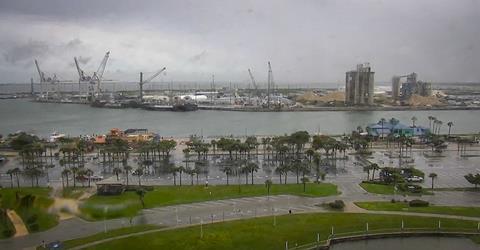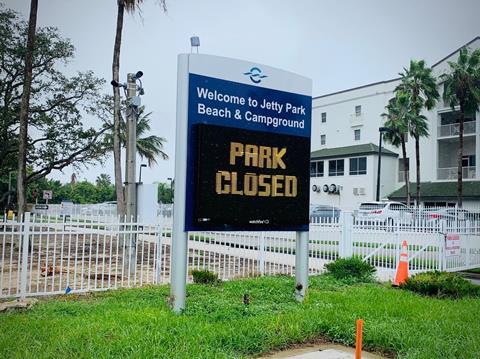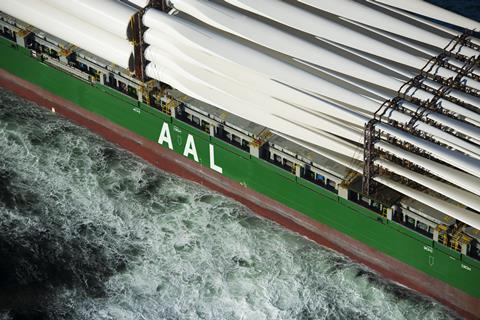While Gulf Coast ports have reopened following Hurricane Milton, issues regarding the impact of weather and its disruptive potential on port operations remain a key concern for multiple industries and logistics in particular.

Milton made landfall as a Category 3 hurricane on the Gulf Coast of Florida and maritime operations were shut down last Wednesday morning as a result of the extreme weather. However, after planning by National Oceanic and Atmospheric Administration (NOAA), the US Army Corps of Engineers, the Florida Division of Emergency Management, the Florida Department of Transportation, port partners and USCG crews ahead of the storm, commercial ports were assessed and safely reopened on Thursday.
According to a spokesperson at Port Canaveral, a major hub on the Floridian coast, the port fared well and has been “instrumental” in providing fuel to areas afflicted by the hurricane via Seaport Canaveral.
”Before and after Hurricane Milton our entire port team worked long hours alongside our fuel terminal operators Seaport Canaveral and TransMontaigne to keep gasoline, diesel, and jet fuel rolling out to Florida communities and airports,” said Port Canaveral ceo Captain John Murray

The port had been preparing for weather events of this magnitude. In June, Port Canaveral held a briefing to address the impact of potential harsh weather. The port warned that stakeholders should be prepared for encroaching heavy weather season and to know what to do in the event of a severe weather occurrence. The event saw key port and local staff outline the importance of coordination between the USCG, Canaveral port authority, Brevard county sheriff’s office and Canaveral fire rescue for heavy weather events.
The quick reopening of key terminals after the storm highlights how disruption is becoming somewhat of an expectation when it comes to port operations. Having dealt with Covid-19, and geopolitical shakeups like war and sanctions and strikes, authorities are now increasingly looking at extreme weather as a challenge.
In the September/October edition of HLPFI, Henrik Hansen, general manager Americas at AAL Shipping highlighted the carrier’s increasing awareness of extreme weather events and the challenges they pose to logisticians, not just in the USA but globally. “In recent years, these effects, be it droughts, hurricanes or typhoons have not only increased frequency but also in strength”, Hansen said.

He noted that when Hurricane Beryl emerged as the first major hurricane of the 2024 hurricane season, the NOAA predicted ‘above-normal’ activity in the Atlantic basin for 2024, a further indication that these issues are increasing in significance. “Whether it’s a drought forcing the closure of a major waterway or a storm damaging transport and energy infrastructure, these events pose risk of disruption to the supply chain,” said Hansen.
The reopening of ports following Hurricane Milton underscores the challenges faced by maritime operations in the wake of extreme weather events. However, it also highlights how preparedness and collaboration can mitigate the impacts of natural disasters on critical infrastructure. As port authorities increasingly contend with not only hurricanes but also a range of environmental disruptions such as droughts and rising sea levels threat posed by extreme weather to global logistics is growing.
















